Most people don’t know that I’m a native Pennsylvanian. Out here in the Midwest, they see the beard and assume I’m from Wisconsin. And while there’s no reason to balk at that assumption, there’s simply no comparison for me — the Endless Mountain region of the Appalachians, wide, winding rivers, and the undulating pastures. But maybe that’s how anyone feels about their home state. It’s biological as much as it is psychological. There’s the womb, your first home, and your original geography. And as Miles Davis once said, “that shit got all up in my body.”
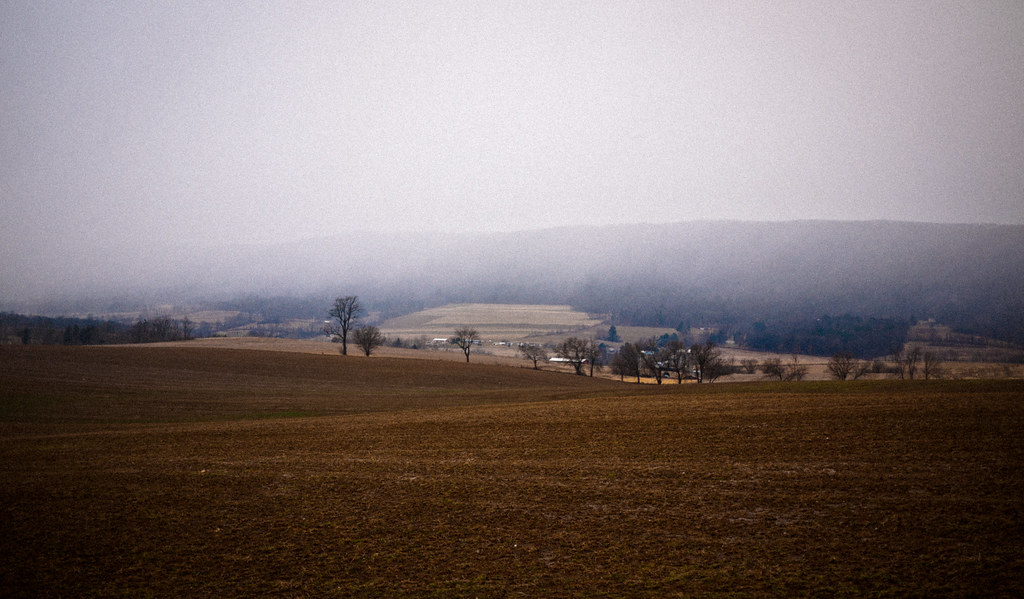
Recently I had a chance to return as a “visiting alum” to my undergrad in central PA — Lock Haven University. My task was to present to a large group of students in the english literature, art and design programs about my education there, my grad school at The School of the Art Institute of Chicago, and my subsequent career path as a design and innovation consultant.

Thinking back to my early days at Lock Haven, it struck me — this was also where craft beer began for me. Lock Haven, like most central Pennsylvanian whistle-stops, is a Yuengling town. As America’s oldest brewery, it practically runs from the taps here. I recall “quarter draft” nights where you’d literally slide a quarter across the bar and receive a frosted mug of lager in return. I didn’t realize at the time how lucky I was to be in the market for an alternative to the big beers. That’s not to say we didn’t drink swill at times — kegs of Beast Ice were still cheaper. But Yuengling was in the default set for most of us without getting labelled as “fancy” beer. In fact, you don’t even order a Yuengling by name in smaller towns. You order a “lager.”
But there were some serious beer moments during this time period as well. At Uncle Albert’s tavern in downtown Lock Haven is where I first had Arrogant Bastard by Stone Brewing. Such a big, American strong ale melted my palate at the time, but it was an astonishing experience. And it put me on notice that beer wasn’t just “lager” — it had range, and someone out there was exploring that range like an eagled-eyed Cortez.
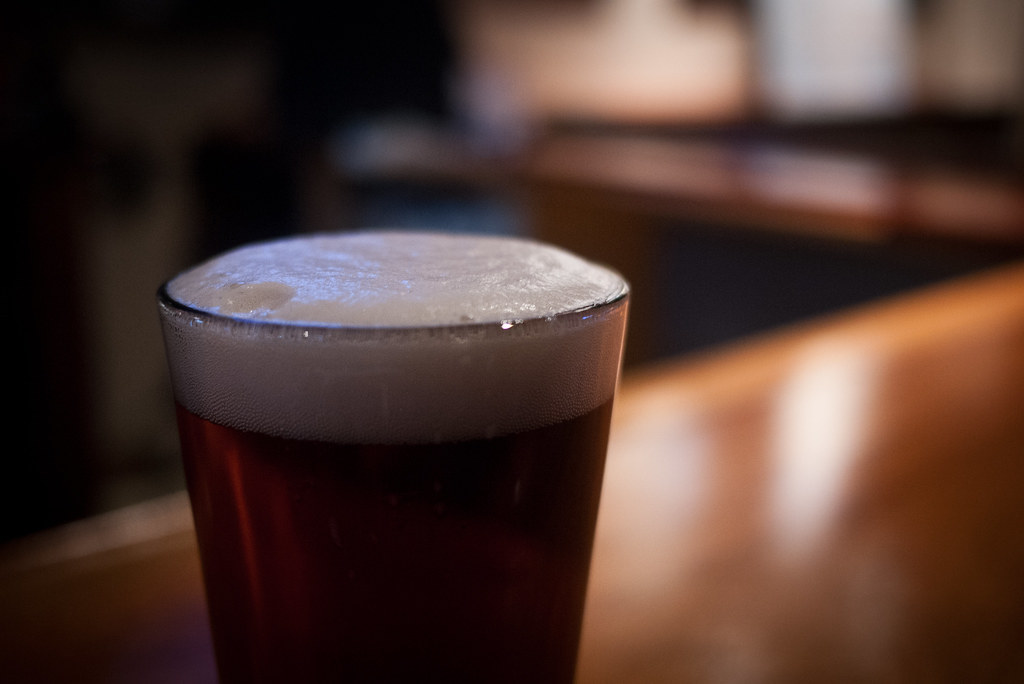
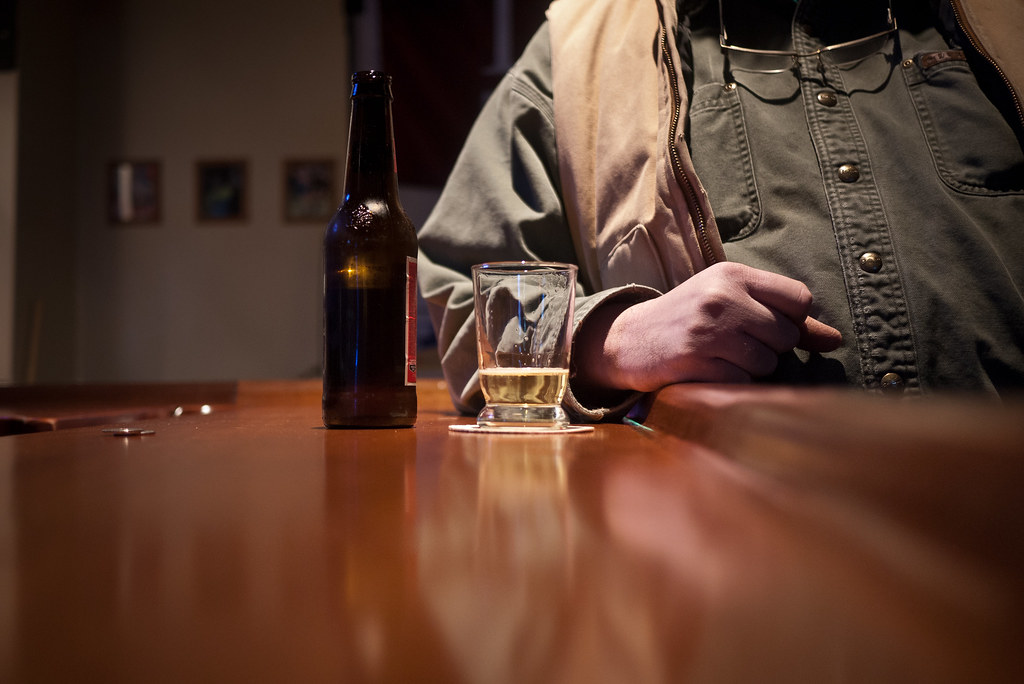
After my lecture, me and my former professors reconvened at Uncle Al’s. I engaged in the feel-good ritual of ordering a “lager” and watching a Yeungling slide across the bar just like old times. But my how things have changed. The taps here now include PA’s own Victory and Tröegs, and Long Trail from Vermont. They also serve some more local brews, like Otto’sDouble D IPA, an exquisite beer from the brewpub in State College run by the former founding brewmaster from Bullfrog Brewery in nearby Williamsport. Even the local six pack shop is now lined with craft and microbrew — although Pennsylvania distribution laws still make beer runs a bitch and beers are rarely bottled in bombers due to limits on quantity and ABV.
The next day, a Saturday, me and my host hit the road. We drove south on route 445 through Amish country, passing horse-drawn carriages and farms, over mountain ridges toward Millheim. Sometimes I forget how relatively ancient Pennsylvania really is.
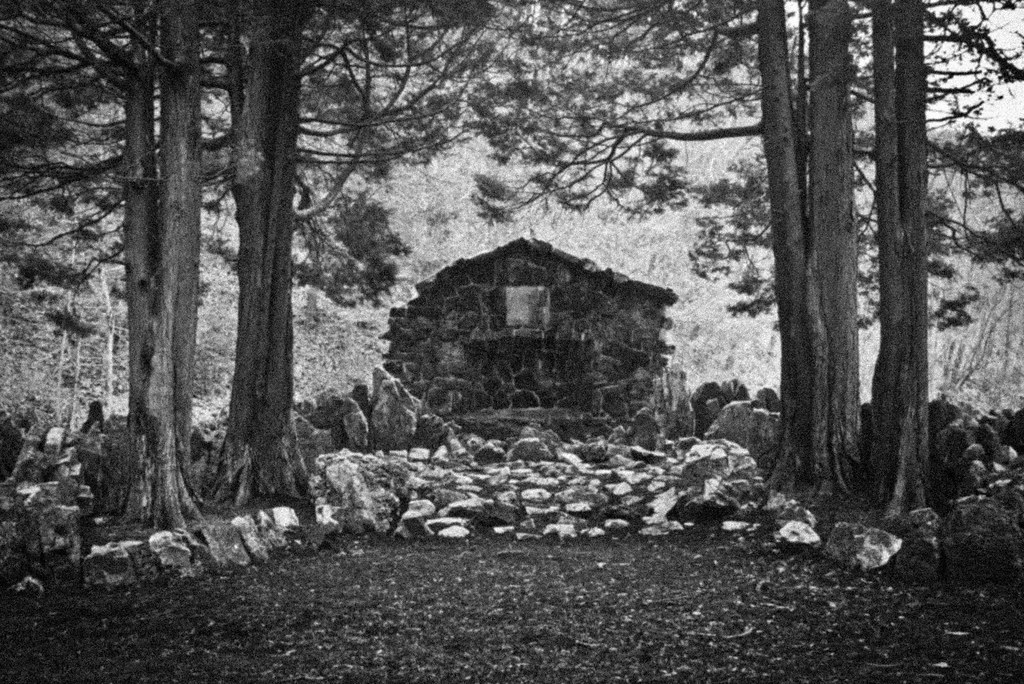
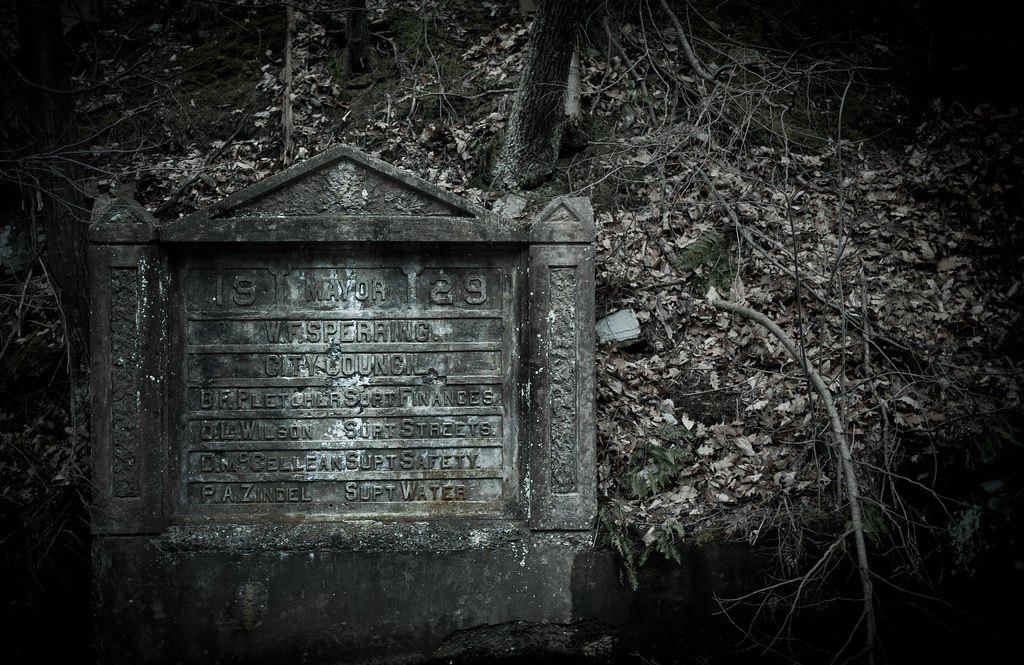

At the busy intersection of 445 and Main Street (route 45) which connects Bucknell University and Penn State University, is a bustling little downtown anchored by the Elk Creek Cafe and Aleworks.


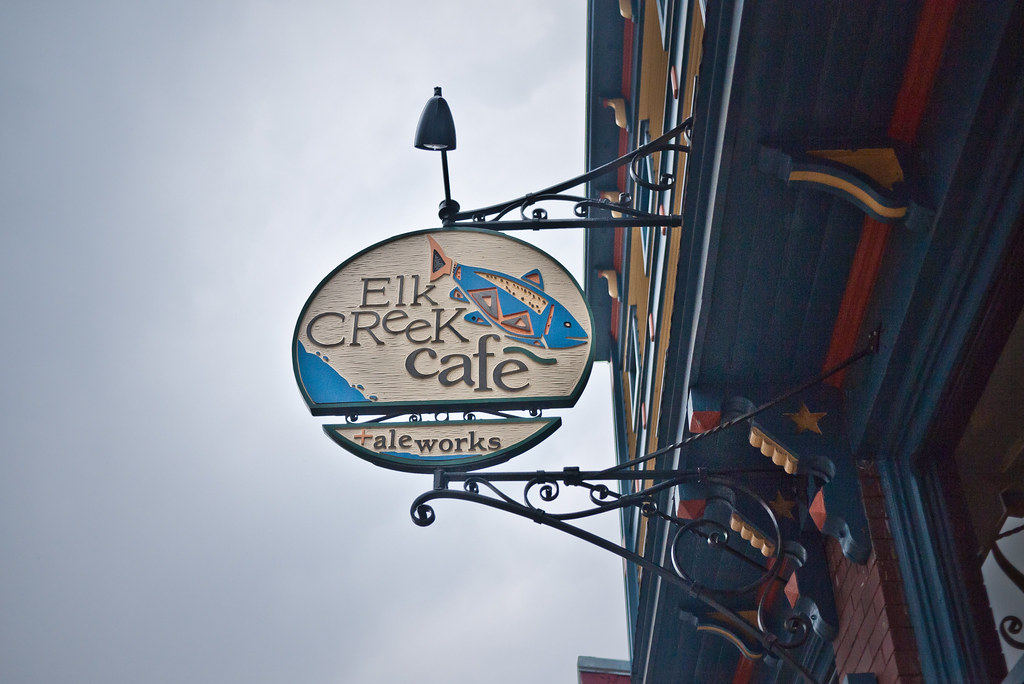

This bright, cheerful little gem runs off a 7bl copper kettle system in a small garage space out back. And they manage to produce an impressive range, including a copper, brown, pale, a nitro stout and the cleverly named Double Rainbow IPA, among others. Most of these measured out as sessionable, and tacked a little to the sweet side overall, but the toastier stout and Poe Paddy Porter had some well-balanced roastiness.
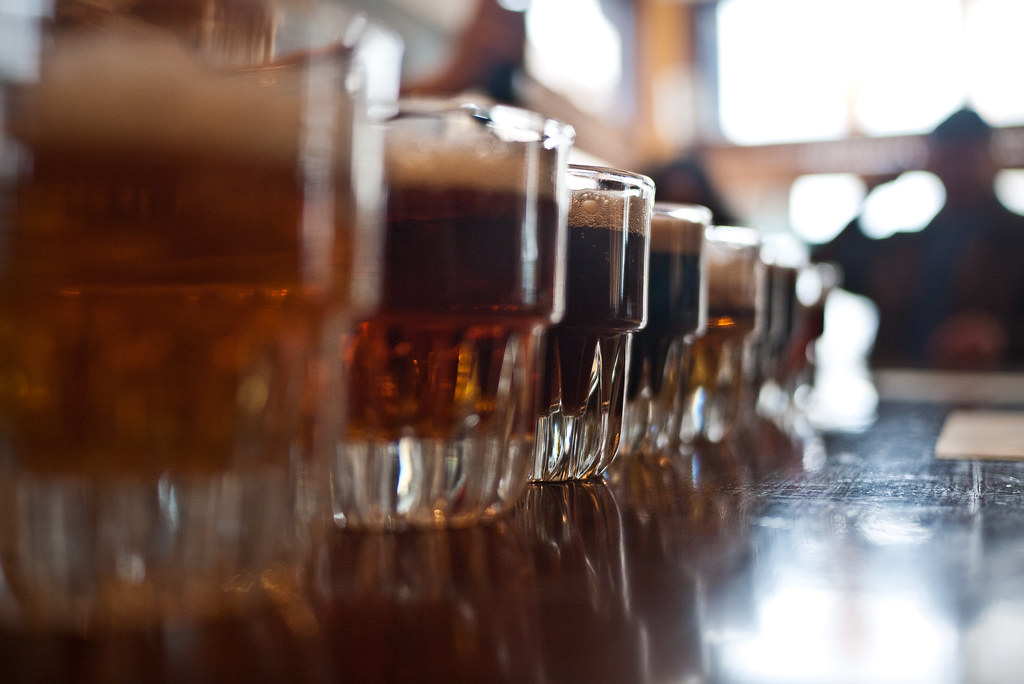

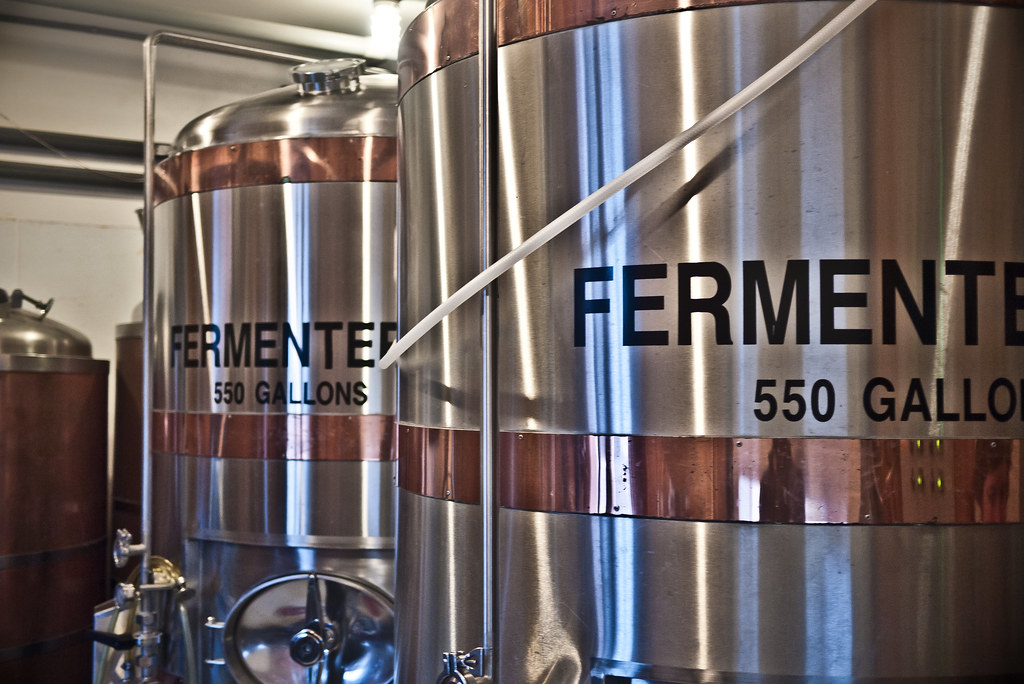
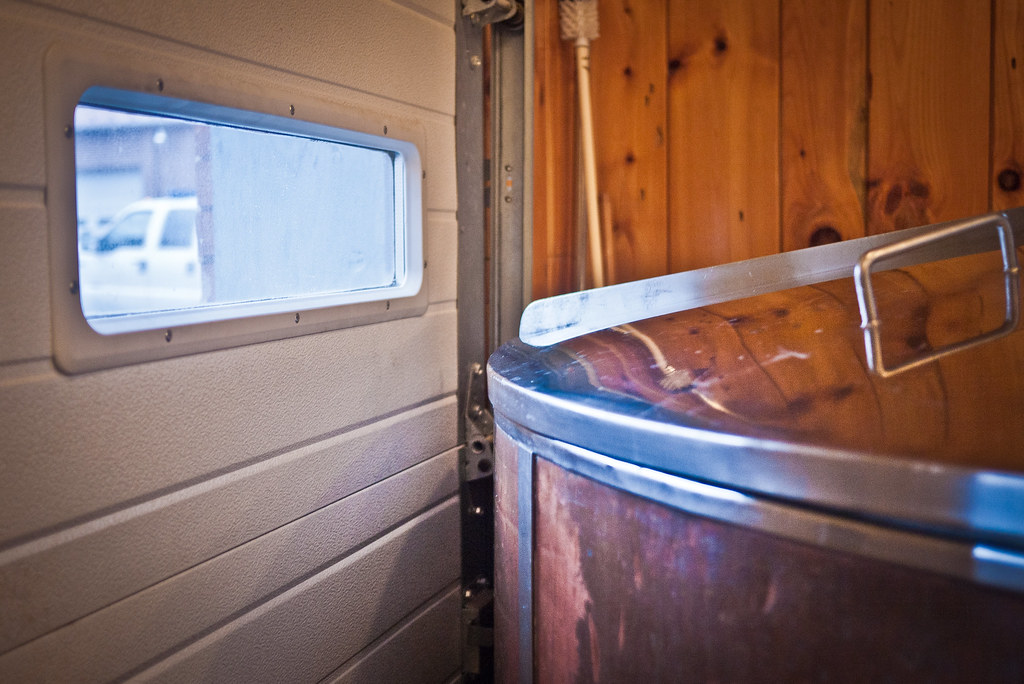
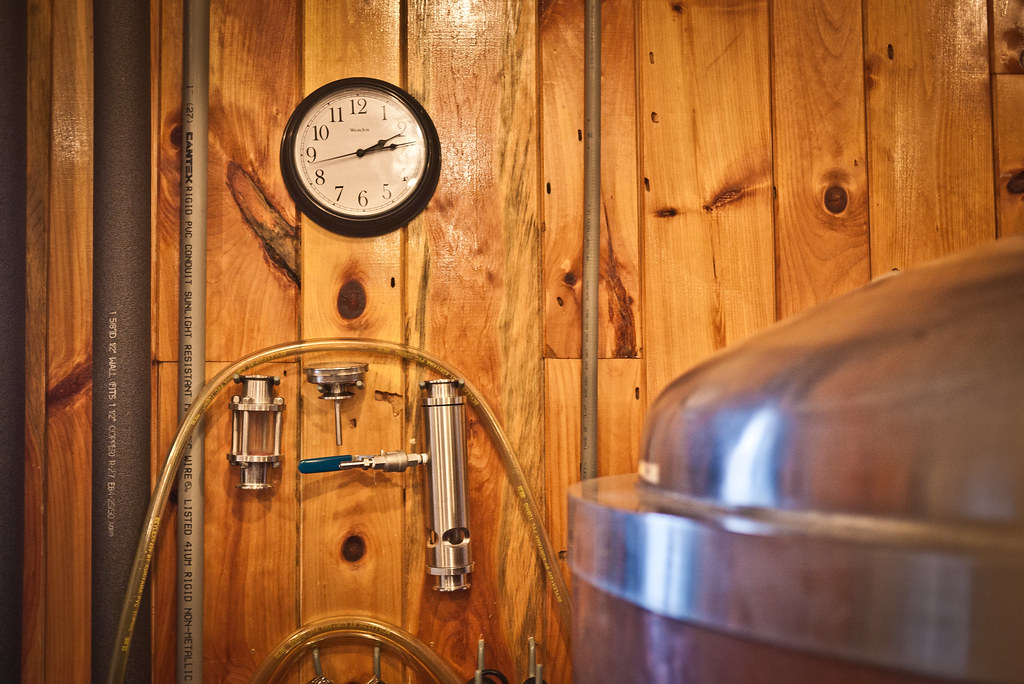
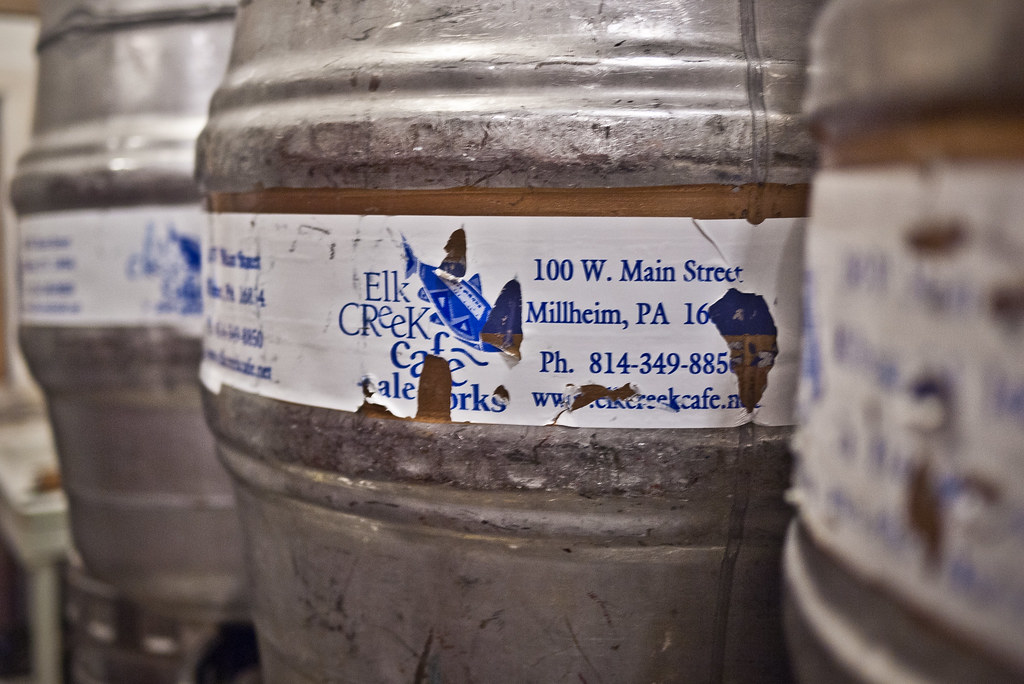

Obviously a cafe and brewpub has to focus on more than just making drinkable beer, and that’s where Elk Creek really impressed. With locally sourced proteins, cheese and vegetables, they managed to produce one of the best burgers of my life. Suddenly all that Amish country seemed like more than just a scenic drive. It was lesson in sustainable communities and local values coming together to create a buzz even in a remote area of the Appalachians.
But don’t assume this is an isolated community. A few barstools away, a medical device engineer enjoying his daily stop-over for a sandwich and a beer got to chatting about his homebrew system. He’s been sourcing recipes online and trying to mimic some of his favorite craft beers — most recently a Dogfish Head 60 Minute IPA. He’s been dialing in his equipment with his knowledge of valves and pressure systems, as well as electrical monitoring equipment, and thinks he’s close to a perfect architecture. 15 years ago when I lived in this area, this type of knowledge sharing was nearly impossible. With internet access and a passionate culture built on transparency and knowledge sharing, craft beer and homebrewing has deeply penetrated even the remotest areas of the country and empowered a new generation of beer makers.
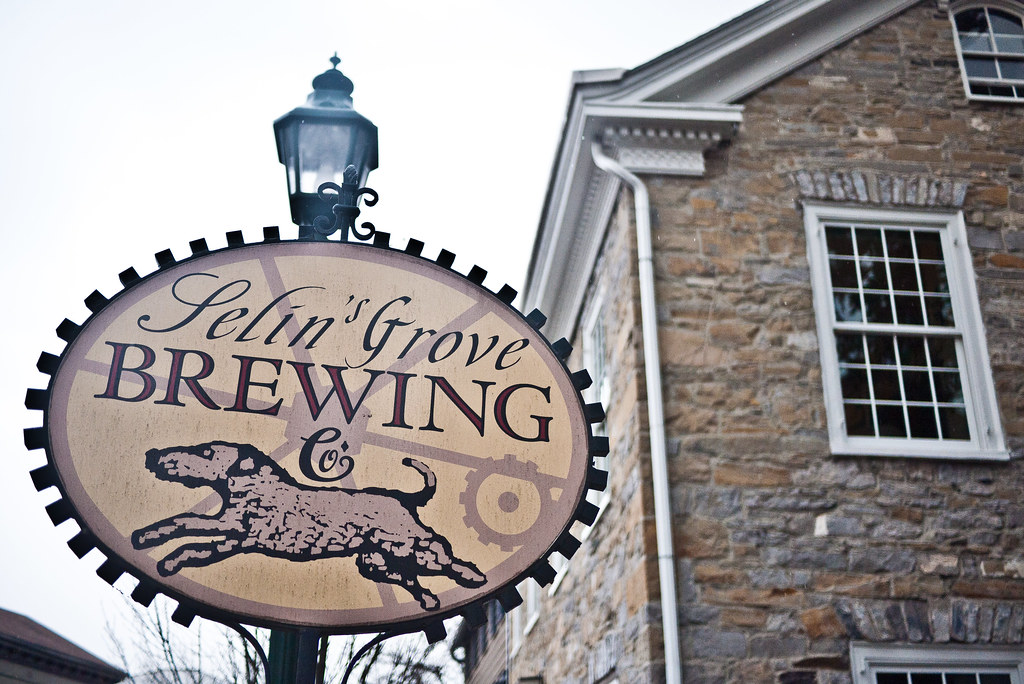

Next up, we headed east on Old Turnpike Road toward Bucknell to hit up Selin’s Grove Brewing. I first heard of these guys when a growler showed up at a First Thursday shareout at Goose Island about three years ago. Situated in the bottom of a bed and breakfast, entering Selin’s Grove is a bit like going back in time. The raw wood ceiling, stone fireplace and general hovel-like lighting harkens back to some of Pennsylvania’s colonial days. One could imagine a tavern in old Philadelphia where you’d find Thomas Paine in the corner drafting his Common Sense manifesto.
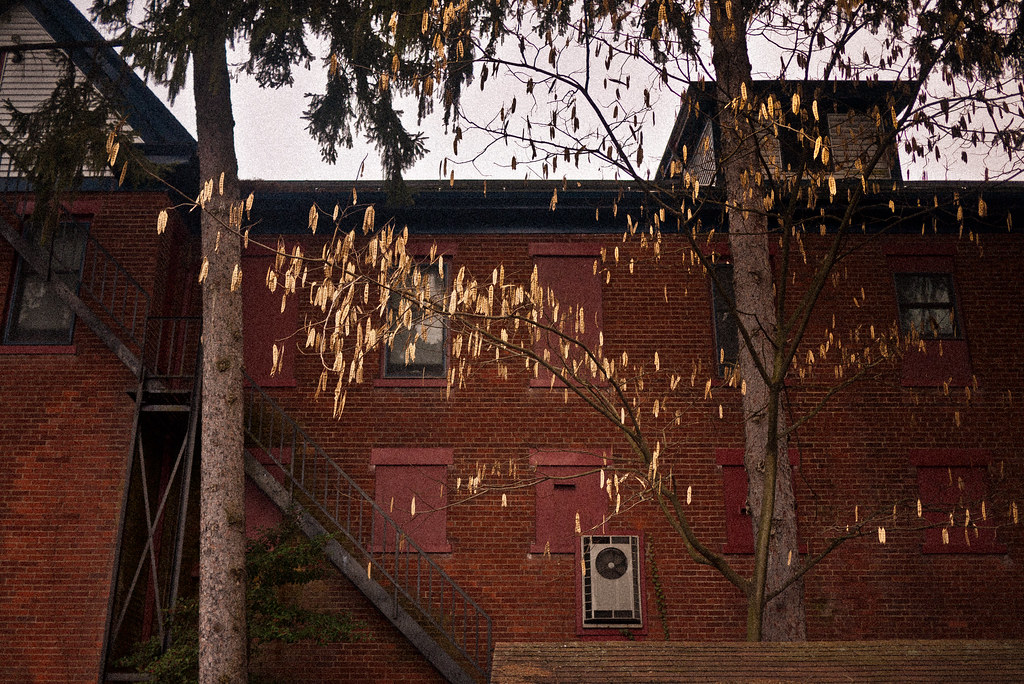
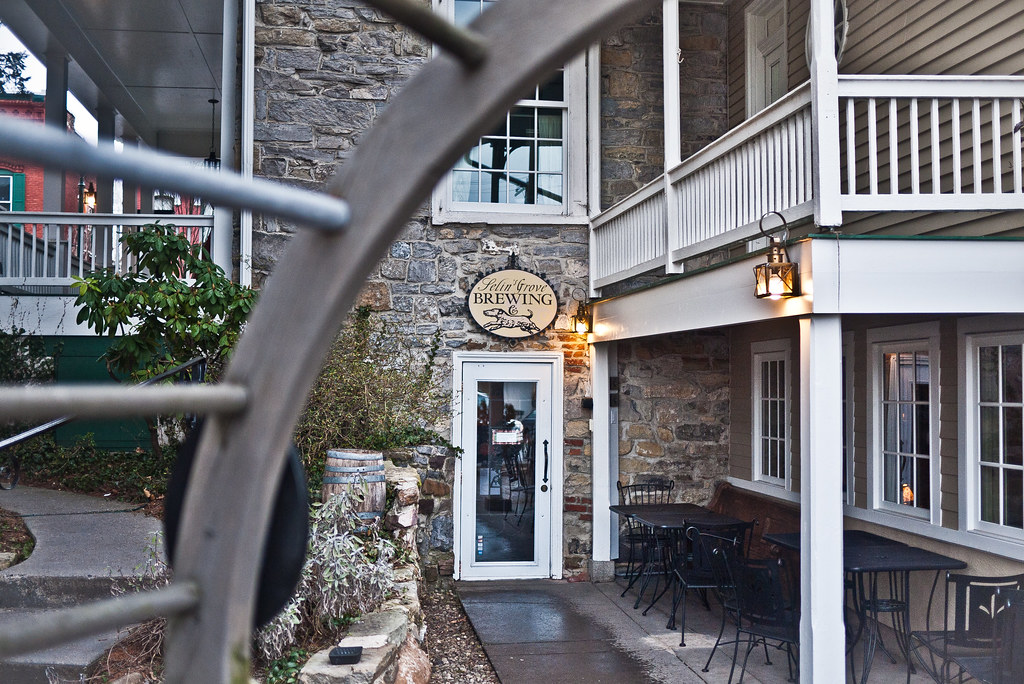
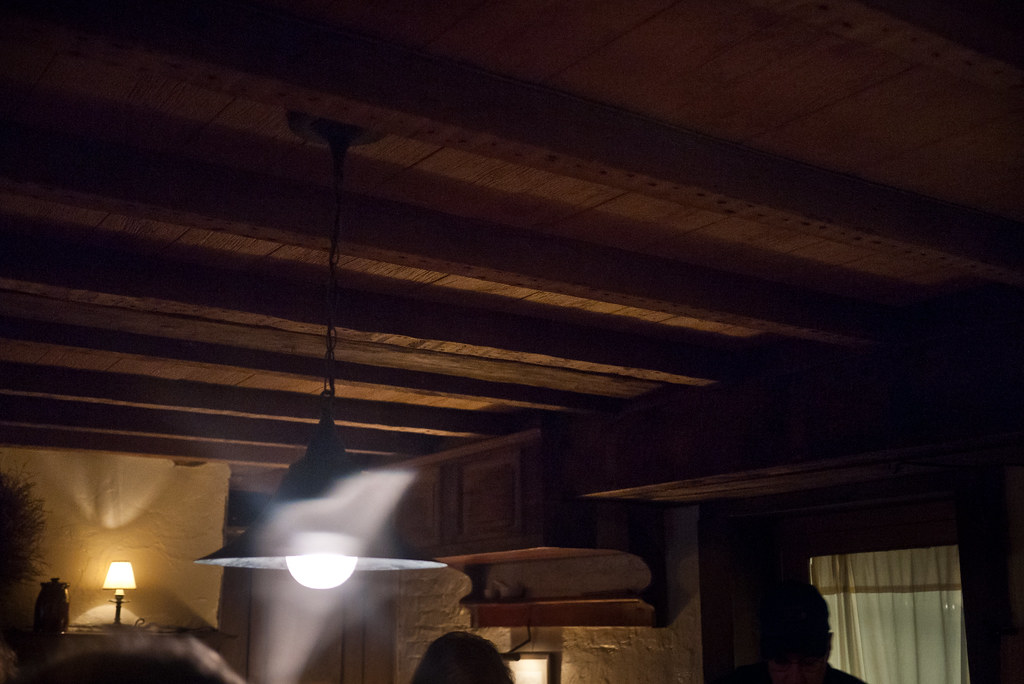

The beer menu, full of Belgian dubbels and tripels, was heady and perfectly designed for the atmosphere. I opted for the Winter Solstice Dubbel, which was incredible smooth and boozy, with sweet caramel and big sugar crystal texture. As we imbibed, the pub was bustling with customers stopping in for growler fills — unique, blue glassware with an elegant old-world style handle.
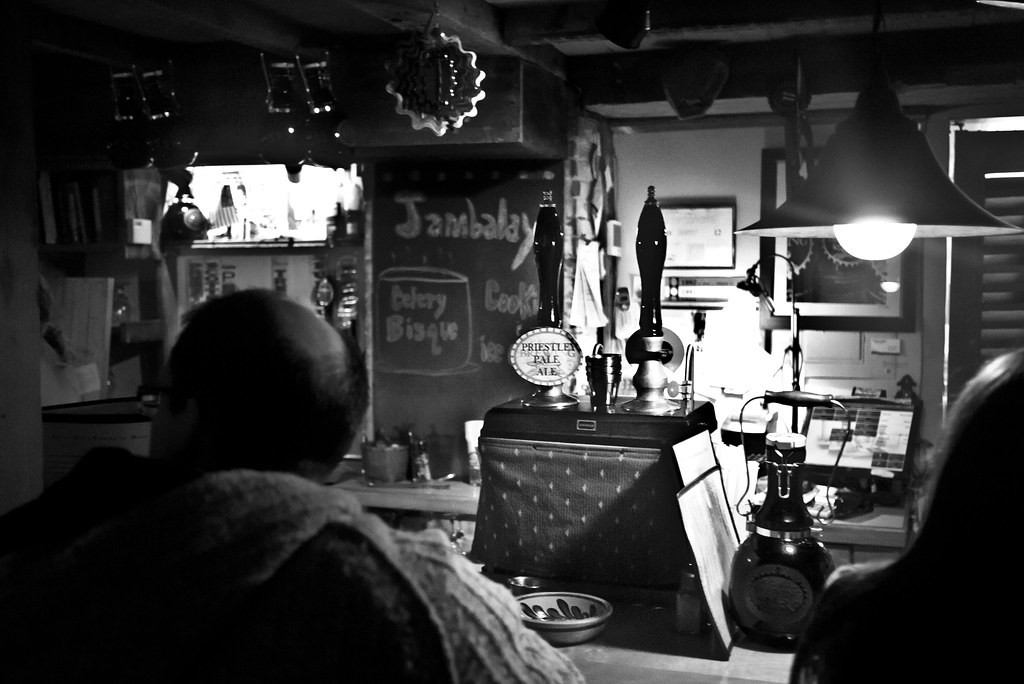
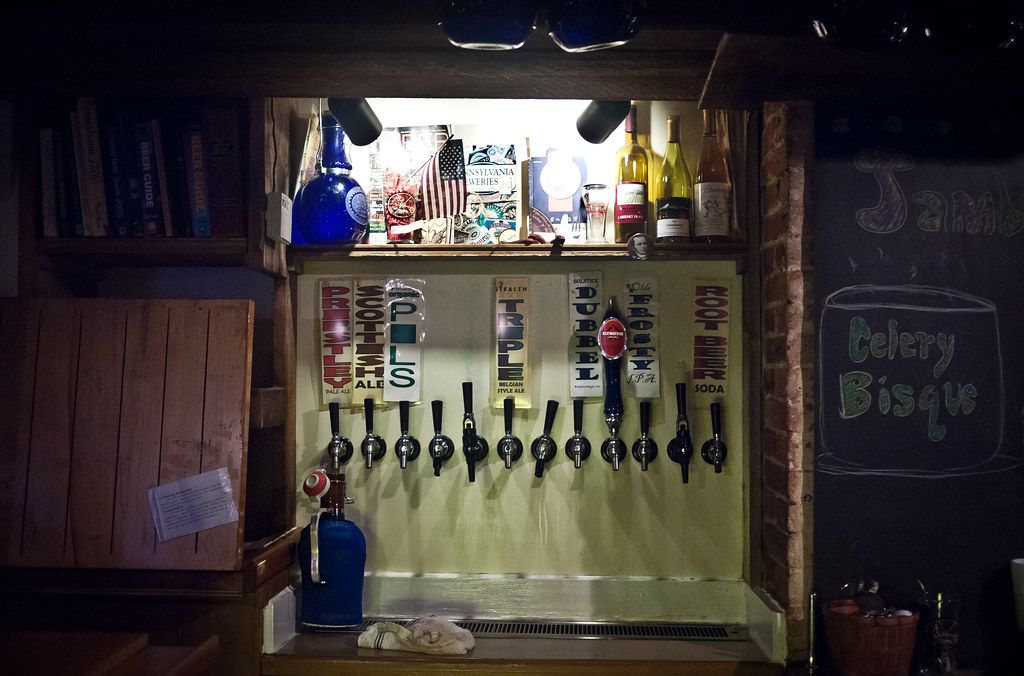
Hungry and tired, we decided to head back to Lock Haven by way of Williamsport, a former lumber baron town on the Susquehanna River that once claimed home to more millionaires than any other city in the world. Most of it’s former glory now faded or forgotten, Williamsport remains one of the more populated towns in this area, and it’s where I visited my first brewpub — Bullfrog Brewery. A half and hour drive from Lock Haven, we had to pony up some gas money in our college days, but it was worth the expense. We’d eat at Franco’s and drink pitchers of Lindemans Framboise (yikes) and then make our way to Bullfrog for the night. We may not have understood the importance of the growing craft movement at the time, but we knew this was a rare treat.
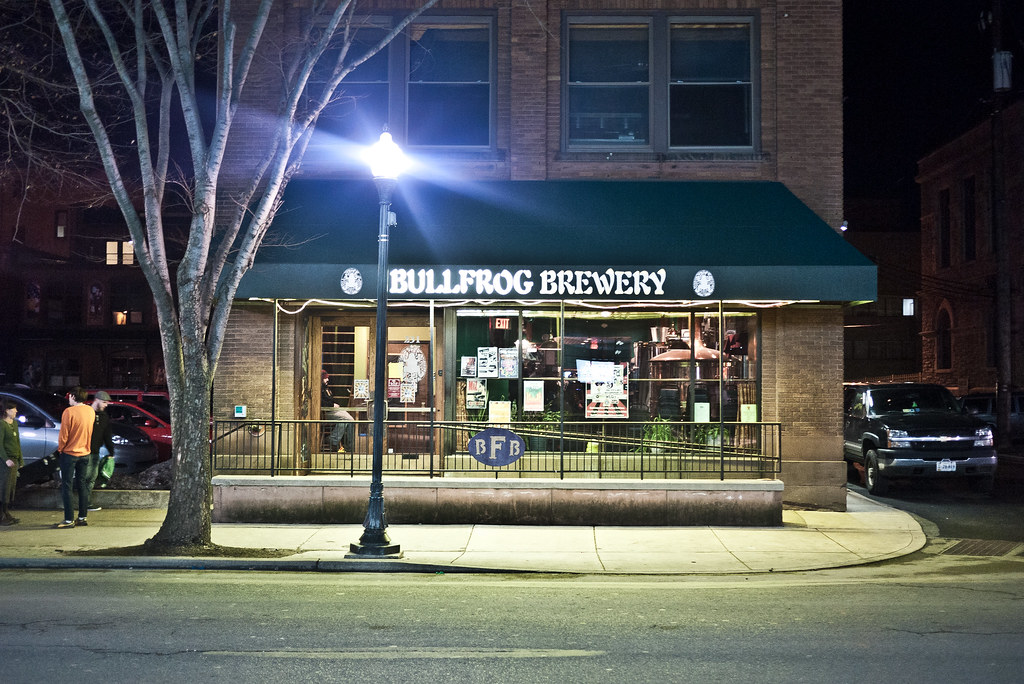
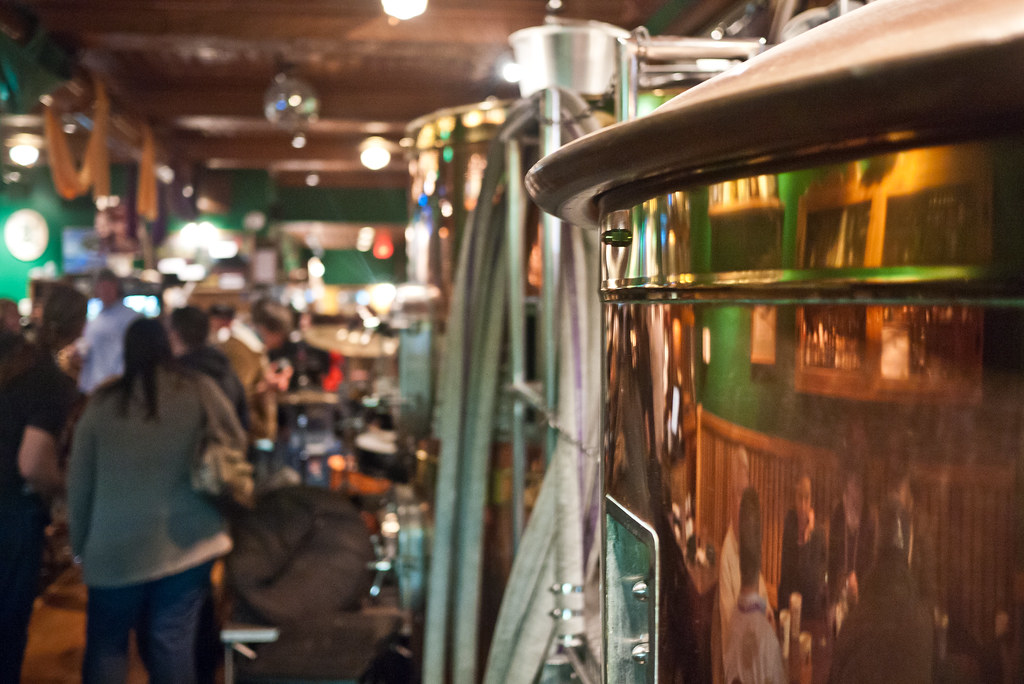
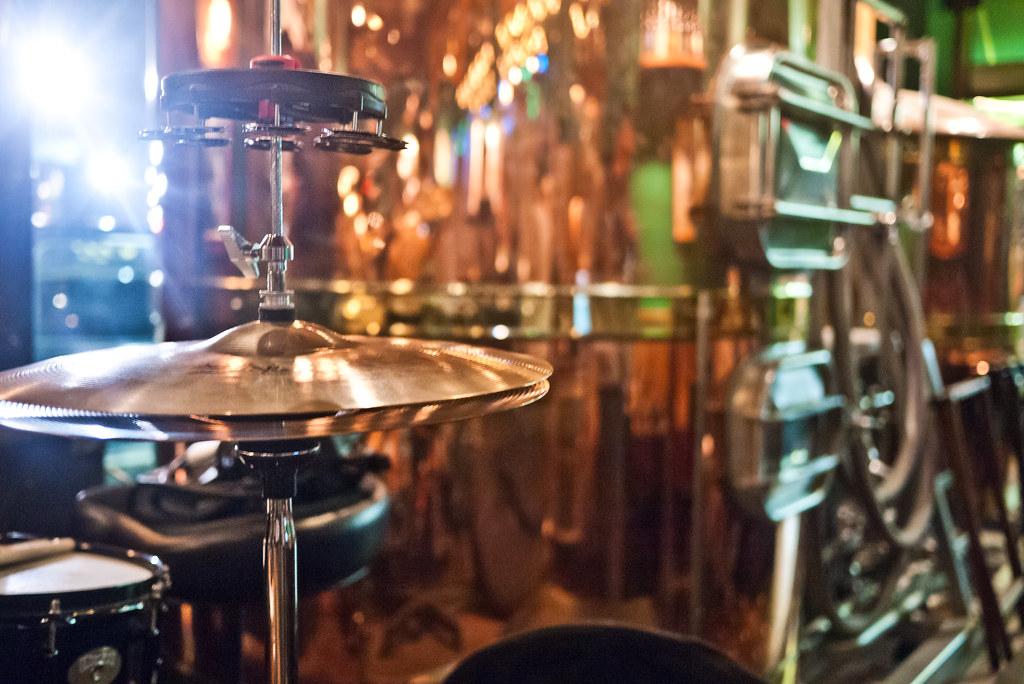

Unfortunately for me, we landed in Williamsport during the city-wide Mardi Gras celebration. While it makes for a lively evening among the small collection of restaurants and bars along the main stretch, it also tends to pull in a rambunctious, and perhaps not entirely craft-oriented, beer-drinking crowd. Even the Bullfrog, despite it’s beautiful copper interior and energetic space, was serving their beers in plastic cups. I ordered the Belgish Brown ale, a crisp brown ale with Belgian yeast and American hops. A delightful beer that might invites one to stick around for awhile if it weren’t for the college party atmosphere on this particular day.

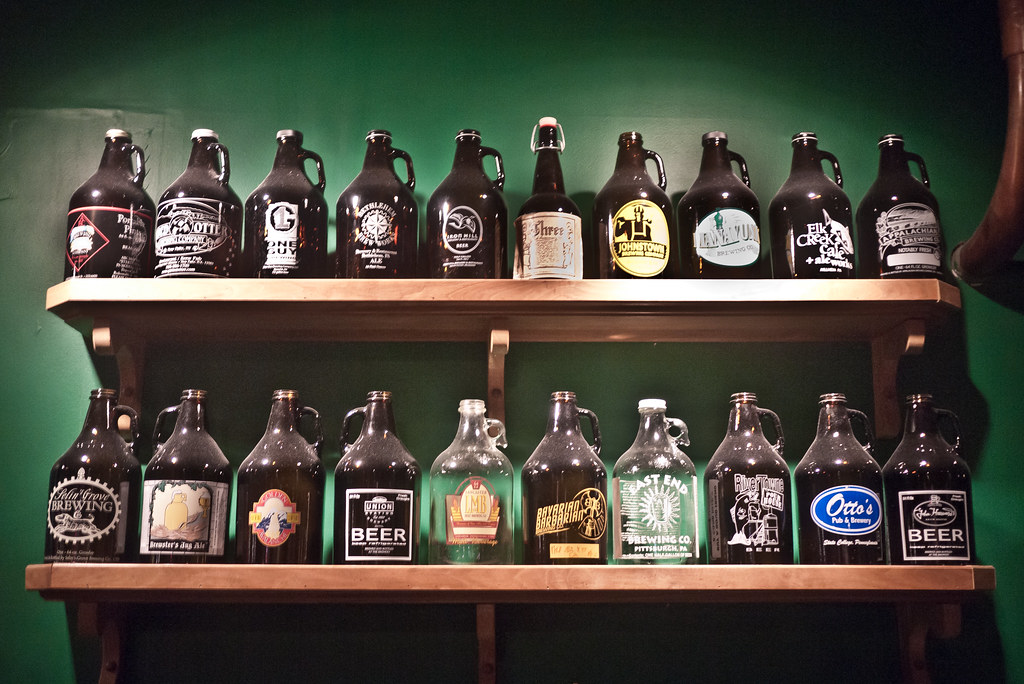
I was delighted to visit so many breweries new to me in a single trip. I couldn’t have done it without my bookish companion, Pennsylvania Breweries by Lew Bryson. It was incredibly up to date in its third edition, and he supplied plenty of detail that made it easy to prioritize on a short but ambitious trip — his beer picks, backgrounds on the brewery and its people, maps and directions, and much more. Don’t do a PA beer run without it.
 Michael Kiser
Michael Kiser







